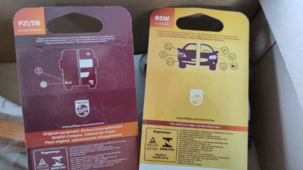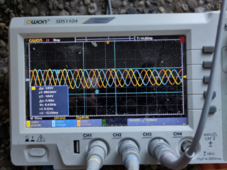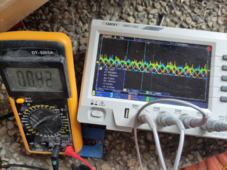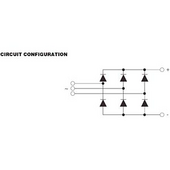So here is my proposition for the CML.
I am thinking along the lines of. (amp(CC) * vAC(OC)) / (Hz(OC) / Hz(CC)) = CML expressed in pseudo watts.
Now that is called a mamba bejamba.... mehamba mehjammabaja!

As to not scare off people with an actual knowledge of the subject too much, it is my intention to use the "Hz(OC) / Hz(CC)" part of the equation to tone things down again a little less "unexpected" when dealing with a CML.
So we now have an, for my knowledge level, arbitrary decision to make.
So lets assume the first parts solves to these 80 watts I have been boasting earlier. Now 80 is just tooo much for it to ever be accepted as a CML result in the MC(*cough* She)U standard.
So then I thought throw in some sanitation, based on the rotational speed and tone down that rather high number a bit.
Let us, just for the sake of working out the premise, take the Open Circuit Hz is 1 and the Closed Circuit is 0.5.
Then the result would be 1/.5 = 2
So then dividing the wattage we get from the first part is actually already going much lower.
So 80 / (1 / .5) = 40
But we could also do the switcheroo here in where we realize.
NEE!! it should be multiply the first part with the second part but then work out the second part with multiplication rather than division.
Like so:
"Hz(OC) * Hz(CC)"
Resulting in the CML formula becoming
CML(Watts) = (amp(CC) * vAC(OC)) * (Hz(OC) * Hz(CC))
So 80 * (1 * .5) = 40
Ok truth be told. I am being loud about this process as it is my first ever attempt to trying to establish some consensus while throwing in some math and physics. So I would like it to make a bare bone minimum of sense for one to be able to either reject or allow for. Hence me laying bare the thought process behind it.
I have so little attention span that I am not even sure I did this correct to begin with












